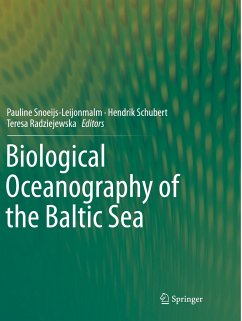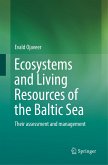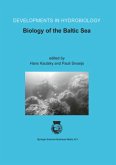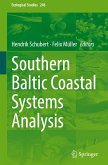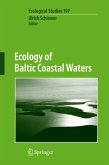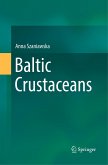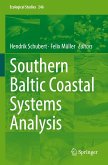This is the first comprehensive science-based textbook on the biology and ecology of the Baltic Sea, one of the world's largest brackish water bodies. The aim of this book is to provide students and other readers with knowledge about the conditions for life in brackish water, the functioning of the Baltic Sea ecosystem and its environmental problems and management. It highlights biological variation along the unique environmental gradients of the brackish Baltic Sea Area (the Baltic Sea, Belt Sea and Kattegat), especially those in salinity and climate.
pt;font-family:"Arial","sans-serif"; color:#262626">The first part of the book presents the challenges for life processes and ecosystem dynamics that result from the Baltic Sea's highly variable recent geological history and geographical isolation. The second part explains interactions between organisms and their environment, including biogeochemical cycles, patterns of biodiversity, genetic diversity and evolution, biological invasions and physiological adaptations. In the third part, the subsystems of the Baltic Sea ecosystem - the pelagic zone, the sea ice, the deep soft sea beds, the phytobenthic zone, the sandy coasts, and estuaries and coastal lagoons - are treated in detail with respect to the structure and function of communities and habitats and consequences of natural and anthropogenic constraints, such as climate change, discharges of nutrients and hazardous substances. Finally, the fourth part of the book discusses monitoring and ecosystem-based management to deal with contemporary and emerging threats to the ecosystem's health.
pt;font-family:"Arial","sans-serif"; color:#262626">The first part of the book presents the challenges for life processes and ecosystem dynamics that result from the Baltic Sea's highly variable recent geological history and geographical isolation. The second part explains interactions between organisms and their environment, including biogeochemical cycles, patterns of biodiversity, genetic diversity and evolution, biological invasions and physiological adaptations. In the third part, the subsystems of the Baltic Sea ecosystem - the pelagic zone, the sea ice, the deep soft sea beds, the phytobenthic zone, the sandy coasts, and estuaries and coastal lagoons - are treated in detail with respect to the structure and function of communities and habitats and consequences of natural and anthropogenic constraints, such as climate change, discharges of nutrients and hazardous substances. Finally, the fourth part of the book discusses monitoring and ecosystem-based management to deal with contemporary and emerging threats to the ecosystem's health.

